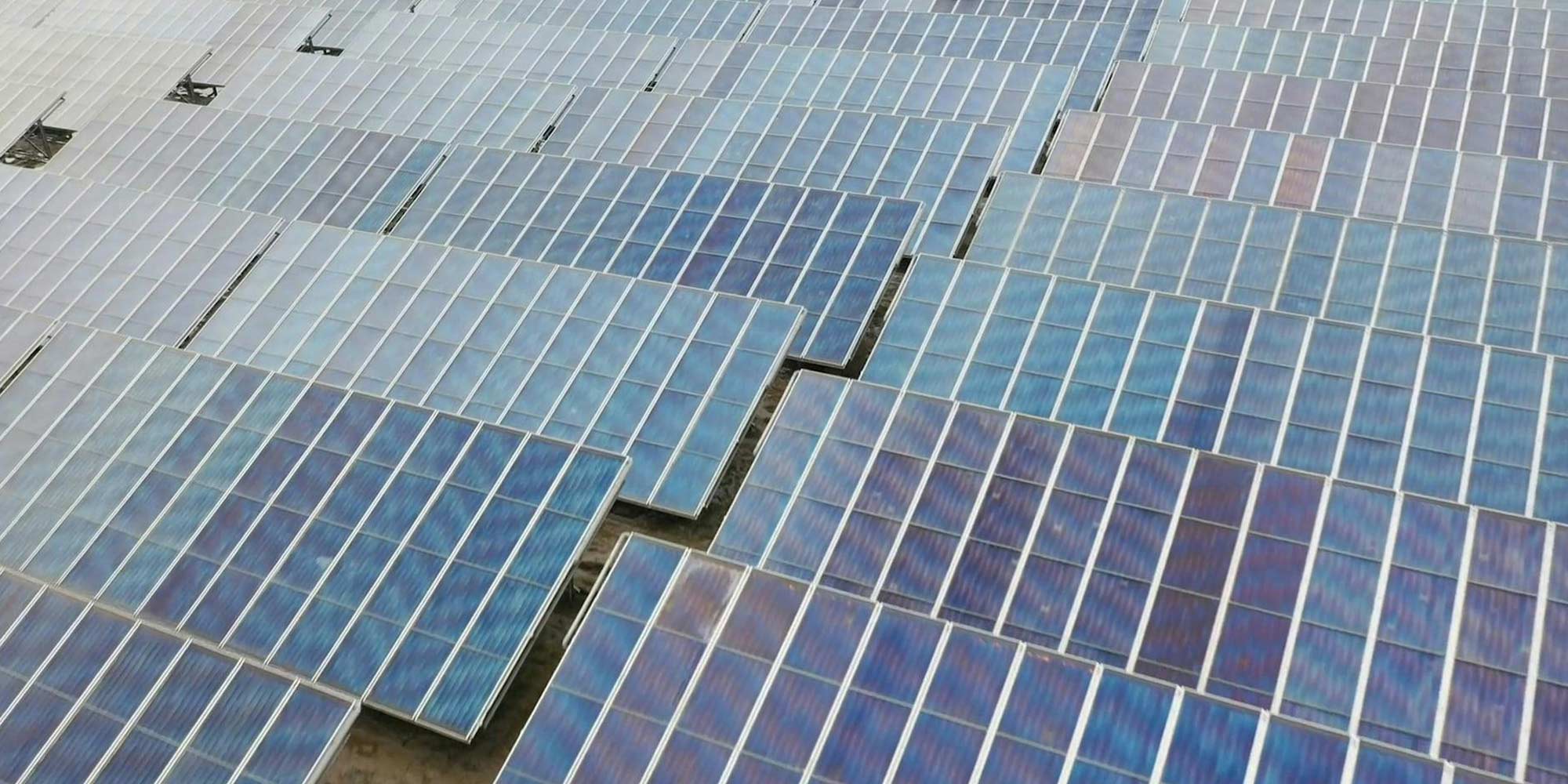Introduction:
In the dynamic realm of renewable energy, maximizing the lifespan of solar panels is paramount to ensuring long-term sustainability and efficiency. One revolutionary advancement that is reshaping the landscape of solar energy maintenance is self-cleaning technology. In this insightful exploration, we delve into the profound impact of self-cleaning technology on the longevity and durability of solar panels, unraveling the benefits and implications for the future of solar energy.
1. Understanding the Lifecycle of Solar Panels
- Overview of the components and construction of solar panels.
- Factors contributing to degradation and decline in performance over time.
- Importance of maintenance and cleaning in preserving solar panel efficiency.
2. The Evolution of Self-Cleaning Technology
- A historical overview of solar panel cleaning methods.
- Introduction to self-cleaning technology and its emergence as a game-changer.
- Types of self-cleaning mechanisms and their efficacy in maintaining panel cleanliness.

3. How Self-Cleaning Technology Enhances Longevity
- Mechanisms by which self-cleaning technology prevents dirt and debris buildup.
- Impact of cleaner surfaces on solar panel efficiency and energy output.
- Case studies and real-world examples demonstrating the extended lifespan of self-cleaning panels.
4. Advantages of Self-Cleaning Technology
- Minimizing maintenance costs and labor associated with manual cleaning.
- Reducing the need for harsh chemical cleaners and water consumption.
- Environmental benefits of promoting sustainable cleaning practices.
5. Performance and Efficiency
- Data-driven analysis of self-cleaning technology’s impact on solar panel performance.
- Comparison of energy production between self-cleaning panels and conventionally maintained panels.
- Insights into how cleaner panels translate to higher energy yields over the panel’s lifespan.
6. Mitigating Environmental Factors
- Addressing the effects of environmental factors such as dust, pollen, and pollution on solar panel degradation.
- How self-cleaning technology mitigates the impact of environmental stressors.
- Long-term implications for climate resilience and sustainability.
7. Challenges and Considerations
- Potential limitations and challenges of self-cleaning technology.
- Durability and reliability concerns in different climates and conditions.
- Strategies for optimizing self-cleaning systems for maximum effectiveness.
8. Future Trends and Innovations
- Emerging advancements in self-cleaning technology for solar panels.
- Integration with smart grid systems and renewable energy infrastructure.
- Predictions for the future of self-cleaning technology and its role in the solar energy industry.
9. Economic and Market Implications
- Cost-benefit analysis of investing in self-cleaning technology for solar panel maintenance.
- Market trends and adoption rates of self-cleaning systems.
- Economic incentives and policy implications driving market growth.
Conclusion:
Self-cleaning technology represents a paradigm shift in solar panel maintenance, offering a sustainable solution to prolonging the lifespan and enhancing the performance of solar energy systems. As we continue to harness the power of innovation, the impact of self-cleaning technology on solar panel longevity will undoubtedly play a crucial role in shaping the future of renewable energy, paving the way towards a cleaner, more resilient world powered by the sun.